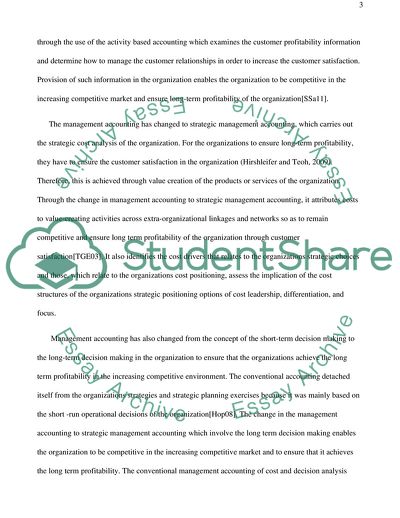Cite this document
(Course work Coursework Example | Topics and Well Written Essays - 1500 words - 2, n.d.)
Course work Coursework Example | Topics and Well Written Essays - 1500 words - 2. https://studentshare.org/finance-accounting/1820480-course-work
Course work Coursework Example | Topics and Well Written Essays - 1500 words - 2. https://studentshare.org/finance-accounting/1820480-course-work
(Course Work Coursework Example | Topics and Well Written Essays - 1500 Words - 2)
Course Work Coursework Example | Topics and Well Written Essays - 1500 Words - 2. https://studentshare.org/finance-accounting/1820480-course-work.
Course Work Coursework Example | Topics and Well Written Essays - 1500 Words - 2. https://studentshare.org/finance-accounting/1820480-course-work.
“Course Work Coursework Example | Topics and Well Written Essays - 1500 Words - 2”. https://studentshare.org/finance-accounting/1820480-course-work.


